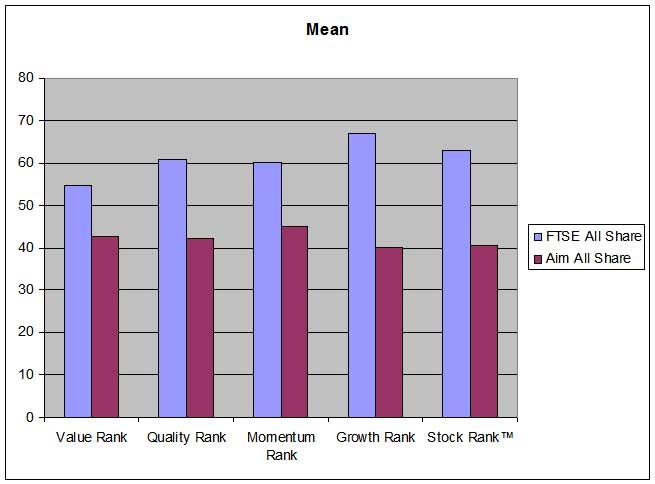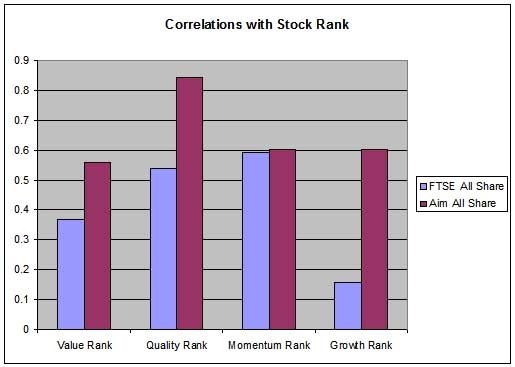The Alternative Investment Market has been storming ahead over the past year. But there’s no hiding from the fact that 46 of its companies went bust or otherwise failed in 2016. That flow of disappointments is a reminder of just how risky AIM can be.
AIM is London’s junior market for (mostly) small growth companies. Last year the All-Share index rose by more than 14.3%, and it’s up around 25.3% in the 12 months to date. That was enough to outpace most of the main London indices.
But while the performance was strong, other statistics are troubling. For a start, the number of companies on AIM has been falling for nearly a decade. Back in 2007 there were 1,694 stocks on the index. But that was down to 982 by the end of last year.
For many years, commentators have blamed this on evolution. They argued that low quality junk was slowly drifting away, and everyone would benefit. True perhaps, but with less than 1,000 companies some are starting to worry.
Unsurprisingly, the worriers include small-cap brokers. The number of nominated advisers (nomads) that advise and oversee AIM companies has fallen from 50 to 36 since 2013, according to Stockdale Securities. Those that are left are competing to advise fewer and fewer companies. It would be a fair guess that mid-market accountants and advisers are uneasy as well.
Not all bad news
For investors, though, the falling number of AIM companies is both good and bad news. Research by accountancy firm UHY Hacker Young shows that 105 companies left the market in 2016. Forty-six of those delistings were caused by financial stress or strategy failure. That’s a stark warning about the risks of investing in AIM shares.
But on the upside, one of the side-effects of the devaluation of sterling last year was that UK companies became more attractive to foreign buyers. UHY say that 34 companies were acquired from AIM in 2016, up from 28 a year earlier. Among them were big premium M&A deals like the takeover of Avesco by America’s NEP and the ongoing bidding war for Lavendon.
In summary, the two main reasons for AIM delistings are at polar opposites when it comes to investment desirability. The conclusion is that while poor quality firms continue to die off at a high rate, good quality companies can be found on AIM - and the payback from them…









